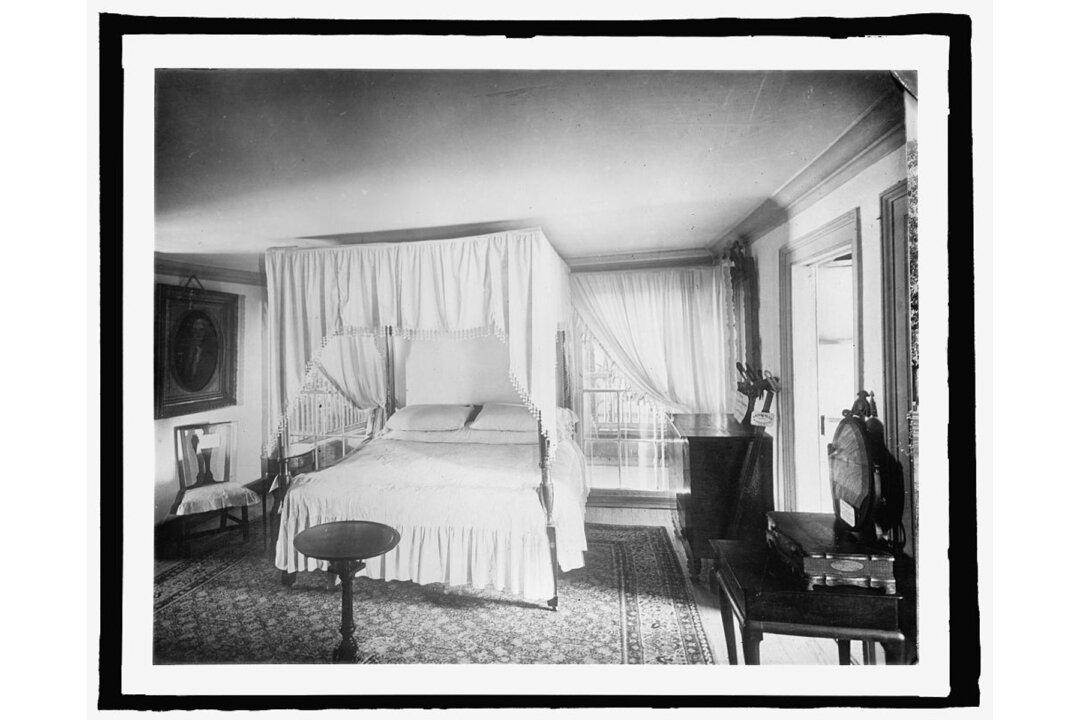Commentary
A year ago, I got a hankering (forgive the word; I’m from Texas) for linen, the fabric made from flax. I wrote about this here. The Epoch Times has also published on the resurgence of linen. We still refer to the “linen closet” and speak of sheets, towels, and washcloths as “the linens.” It is no longer true in a literal sense. But the language changes slowly.





